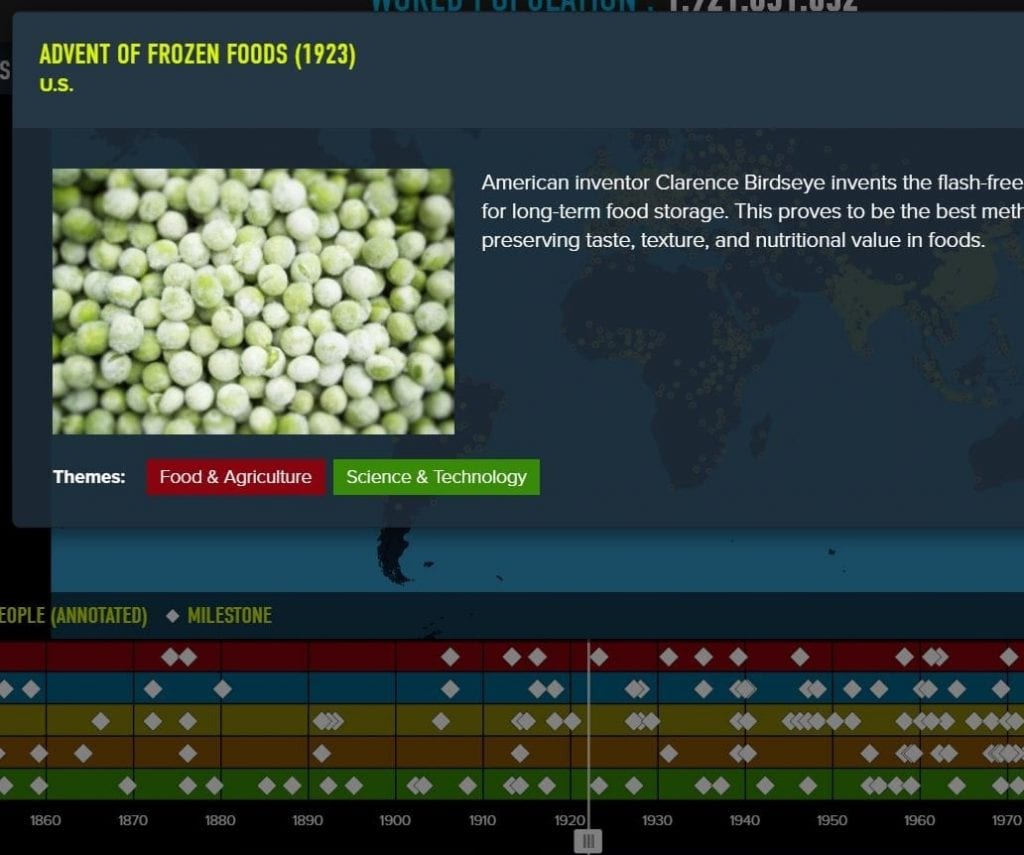Lesson Plan
Grades 6-8
World Population: A Visual History
This lesson plan must be purchased as part of a lesson packet or as part of a full curriculum that is available in our store.
See Purchase OptionsResource Overview
Students watch the video, World Population, and analyze trends in human population over the last 2,000 years.
Students will be able to:
- Explain and graph the trajectory of human population growth from 1 CE to the present.
- Name two historic events that significantly impacted population size in the past 2,000 years.
- Analyze why population grew exponentially after the Industrial Revolution.
- Evaluate different representations of data.

Features of This Resource
- Includes Video Companion Text that provides expanded historical information for 19 human population milestones
- Unique way to visualize exponential growth
- Students can watch independently or as a class
How Do I Get This Lesson Plan?
This lesson plan must be purchased as part of a lesson packet or as part of a full curriculum that is available in our store.
Other Resources You Might Like:

Through planning, writing, and performing a news telecast, students use information from current events articles to create fact-based predictions about... Read more »

Students research historical events related to food and agriculture, medicine, and science and technology and determine which events they deem... Read more »

Students use real-world data to construct and interpret population pyramids and discuss differences in population growth rates among several different... Read more »
Nice to meet you!
Tell us a bit about yourself so we can continue creating resources that meet your needs.
You’ll only need to fill out this form once. If you’ve already completed the form, you can confirm your email here.




